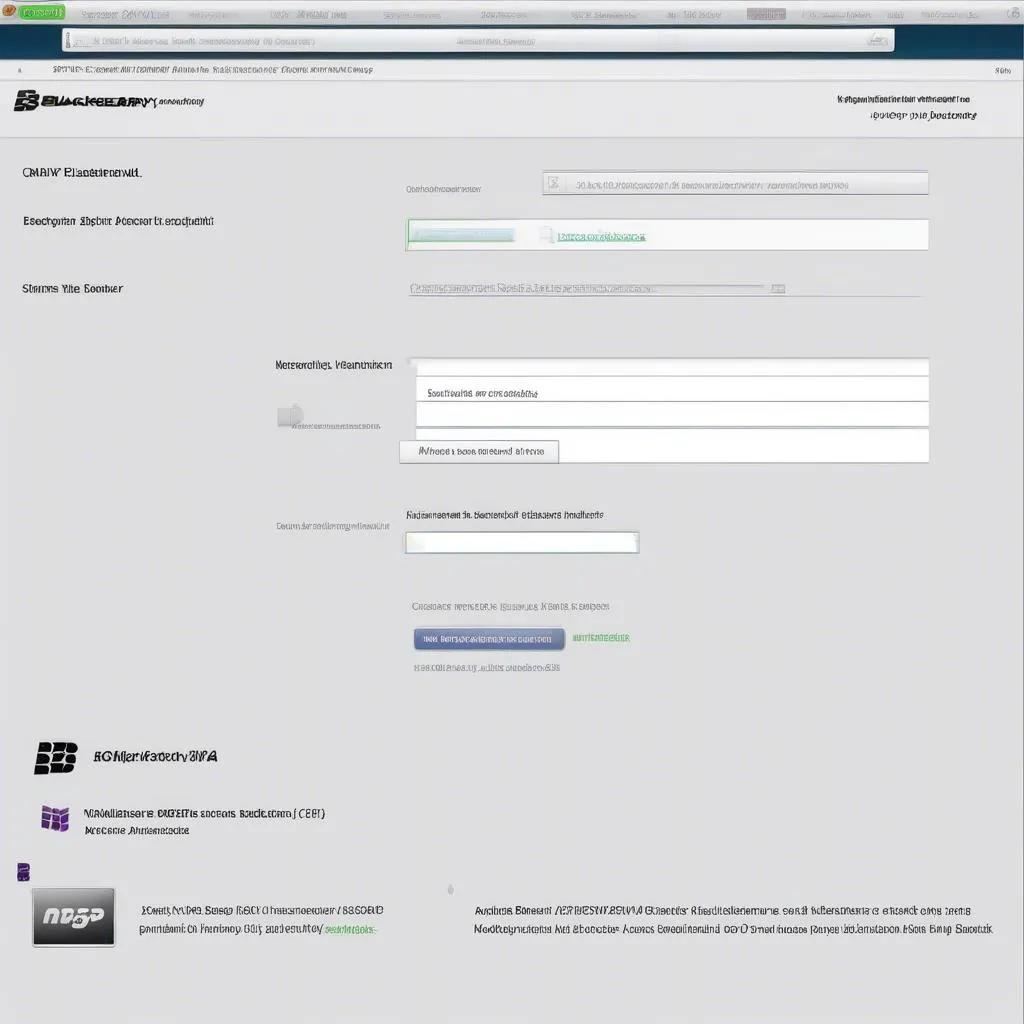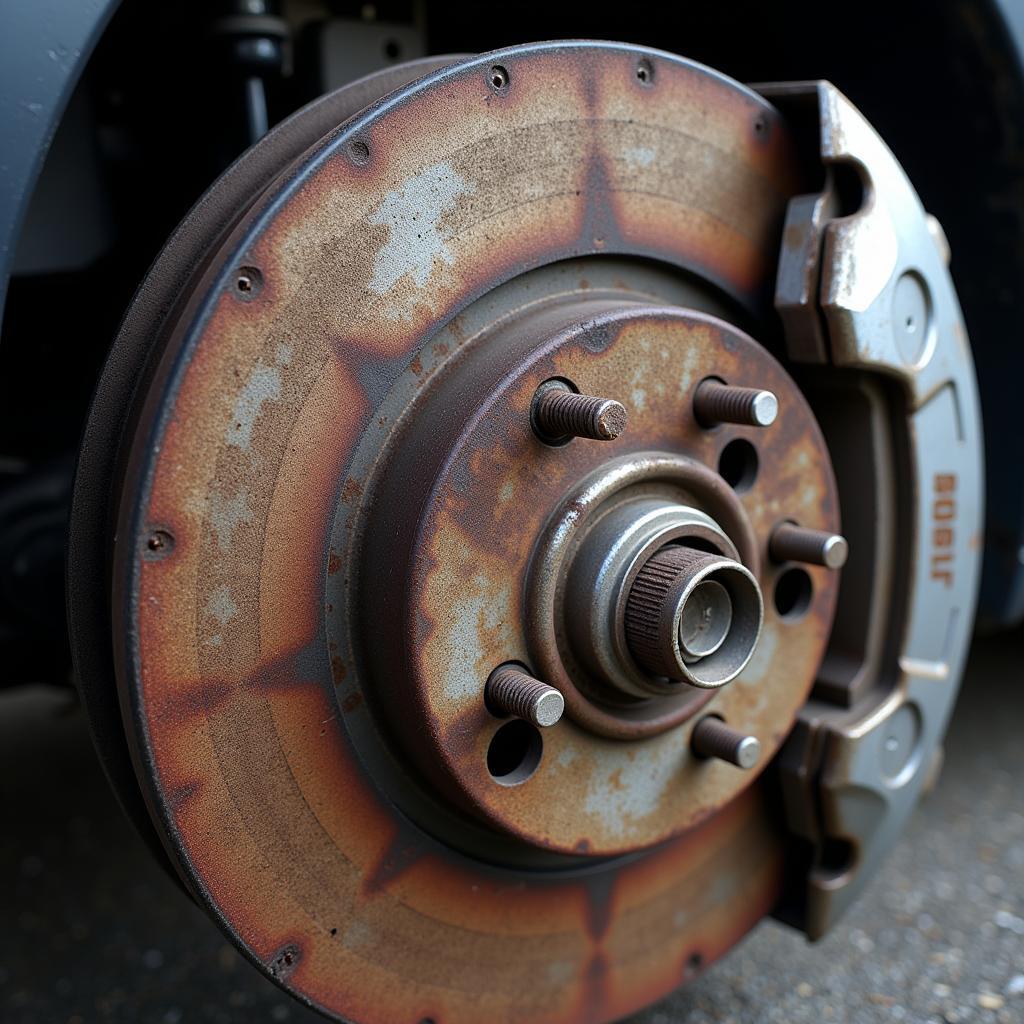A dim battery warning light on your car’s dashboard can be a perplexing issue. It might not seem as urgent as a brightly lit warning, but it still signals a potential problem with your vehicle’s electrical system that you shouldn’t ignore. Addressing this early can prevent more serious issues down the line. This comprehensive guide will help you understand why your battery light might be dim, how to diagnose the problem, and what solutions are available.
One of the most common causes of a dim battery light is a failing alternator. 12 volt battery charging system problem The alternator is responsible for charging the battery while the engine is running. If it’s not functioning properly, the battery won’t receive a full charge, resulting in a dimly lit warning light. Another possible cause is a loose or corroded battery cable. A poor connection can restrict the flow of electricity, leading to a dim warning light.
Why is My Battery Light Dim?
There are several reasons why your battery light might be dim. A weak or dying battery is a primary culprit. If your battery is nearing the end of its lifespan, it may not hold a charge effectively, leading to a dim warning light. A parasitic drain, where a component continues to draw power even when the car is off, can also cause this issue. This can slowly drain the battery, causing the light to appear dimly lit.
Diagnosing a Dim Battery Warning Light
Diagnosing the root cause of a dim battery warning light requires a systematic approach. First, visually inspect the battery cables for any signs of corrosion or looseness. If the cables look good, the next step is to test the battery voltage with a multimeter. A fully charged battery should read around 12.6 volts. battery draw test If the voltage is significantly lower, the battery may be the problem. A simple way to begin the search is by starting the vehicle, if the light goes out immediately, your car most likely doesn’t have any immediate charging system issues.
“A dim battery light can be easily overlooked, but it’s a crucial warning sign. Don’t wait for the light to brighten before taking action,” says John Miller, a seasoned automotive electrician with over 20 years of experience.
Fixing a Dim Battery Light
The solution to a dim battery light depends on the underlying cause. If the battery is the problem, replacing it with a new one should resolve the issue. If the alternator is faulty, it will need to be replaced or repaired. If you have a car battery that won’t take a charge, it could potentially be causing the issue as well. In cases of a parasitic drain, identifying and fixing the component drawing excess power is essential. This might involve checking interior lights, the radio, or other electrical accessories. A Chrysler 300 battery drain is a common issue that can also result in this symptom. If your car battery runs down overnight, there is most likely an issue with a charging system component, or parasitic draw occurring.
What Does a Dim Battery Light Indicate?
A dim battery light typically indicates a weak charging system. This could be due to a failing alternator, a bad battery, or a parasitic drain. It’s essential to address this promptly to avoid getting stranded with a dead battery.
“Don’t underestimate the importance of regular battery maintenance. Keeping your battery terminals clean and checking the electrolyte levels can prevent many electrical issues,” advises Sarah Chen, an automotive engineer specializing in vehicle diagnostics.
Conclusion
A dim battery warning light, while seemingly less critical than a bright one, should not be ignored. It signals a potential problem with your car’s electrical system that requires prompt attention. By understanding the possible causes and following the diagnostic steps outlined in this guide, you can effectively troubleshoot and resolve the issue, preventing further complications and ensuring the reliable operation of your vehicle. Don’t delay addressing a dim battery warning light; it’s a small problem that can quickly turn into a major headache if left unchecked.



